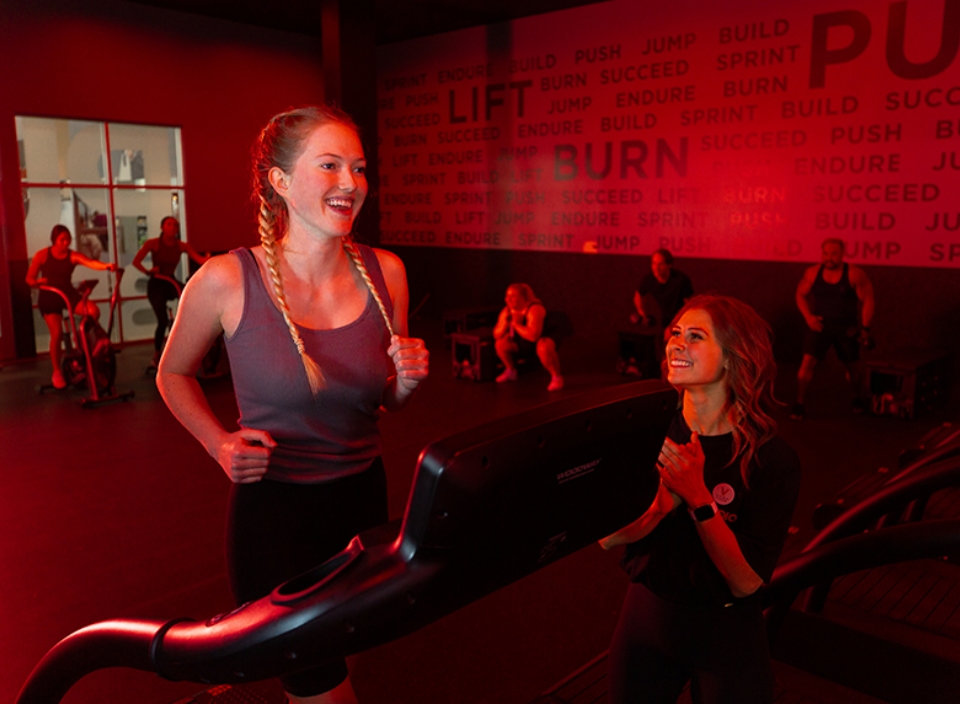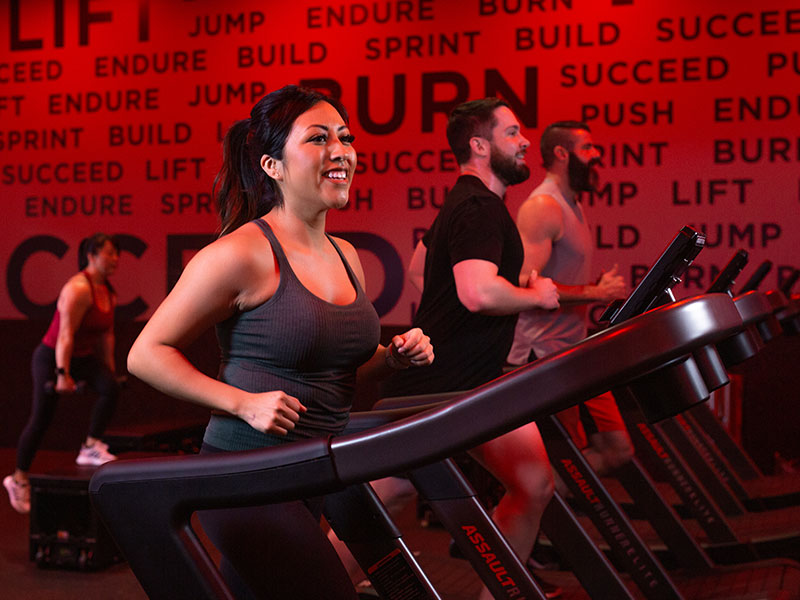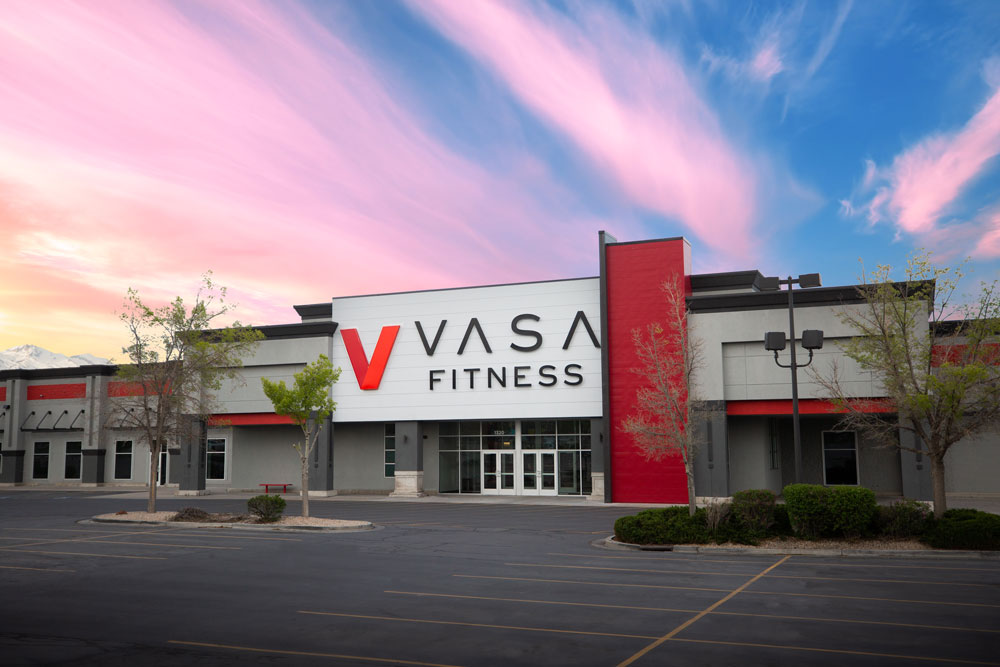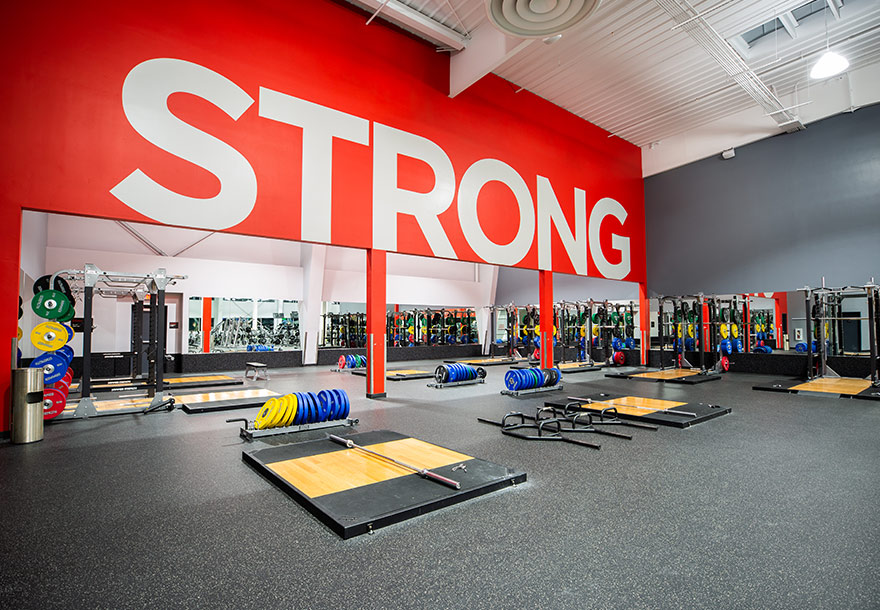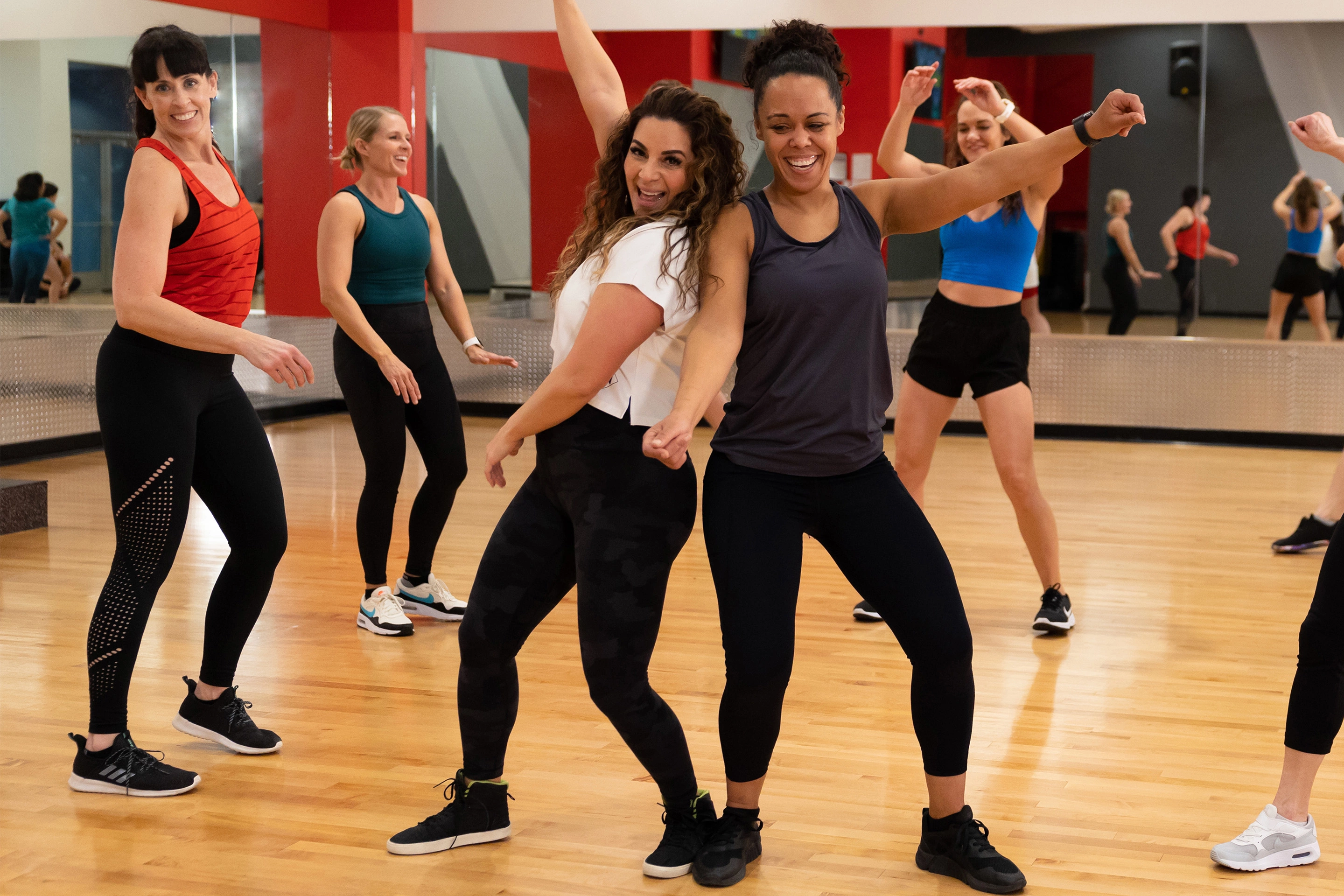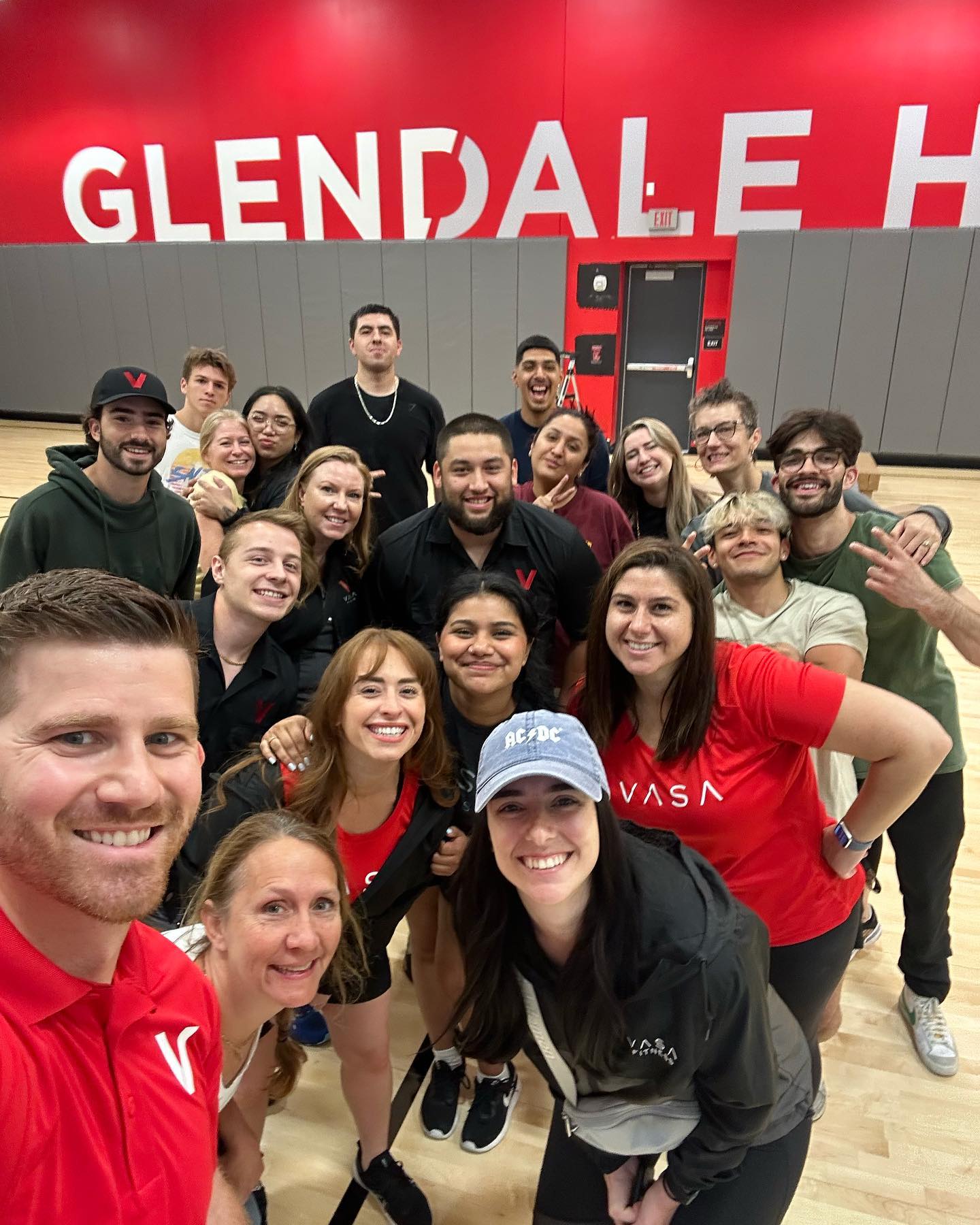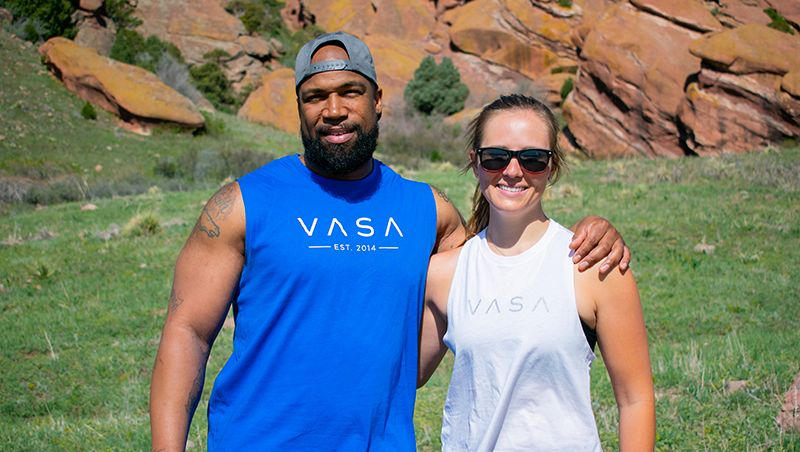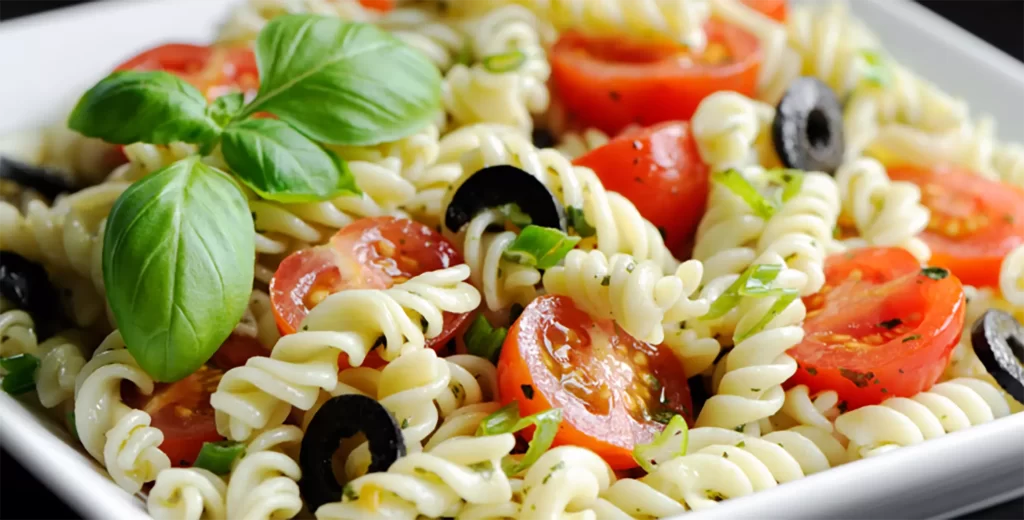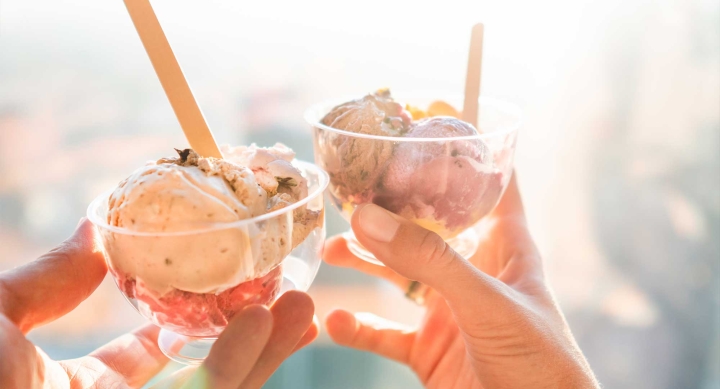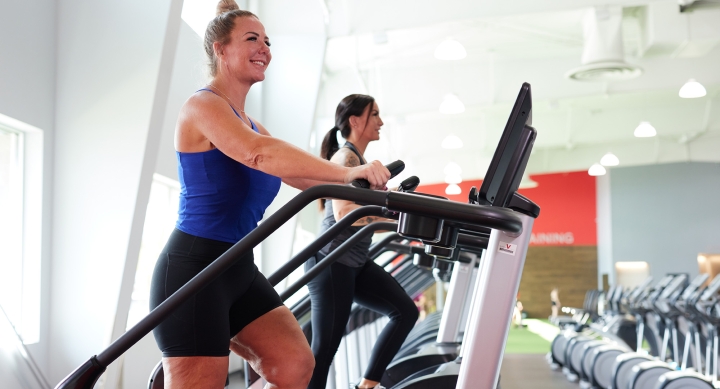Triathlons, made up of swimming, biking, and running, are more popular than ever. A quick internet search will provide a plethora of races, training programs, and gear recommendations, but the best of the best know all those things are a waste if you aren’t eating and hydrating well enough.
There are three macronutrients athletes depend on for energy: carbohydrates, fats, and proteins. Carbohydrates are the main source of energy for the body during intense activities, while day-to-day activities like chores or walking to the mailbox are fueled by fat. Carbohydrates come in many different shapes, flavors, and caloric densities, making them easy to consume before, during, and after a long run or ride. One often overlooked benefit of eating a good amount of carbohydrates is actually in the name: “carbo,” which means “carbon,” is found in every living organism, and hydrate, which means water. Carbs help the body absorb water, which is critical when exercising for more than 60 minutes at a relatively high intensity.
Consuming plenty of protein before and after a long ride, run, or training session is important for recovery, since proteins are the building blocks of the muscles being used. Normal goals for carbohydrate, fat, and protein intake are listed below:
- Carbohydrates: One to two grams per one pound of body weight
- Fats: ¼ gram per one pound of body weight
- Proteins: One to two grams per one pound of body weight
These recommendations may vary based on several factors, including training intensity, BMR, and daily activity levels. Macronutrients can come in many forms and add up to provide a daily calorie goal. What makes up the total calories is less important than not eating too little or too much, especially when physical performance is the goal.
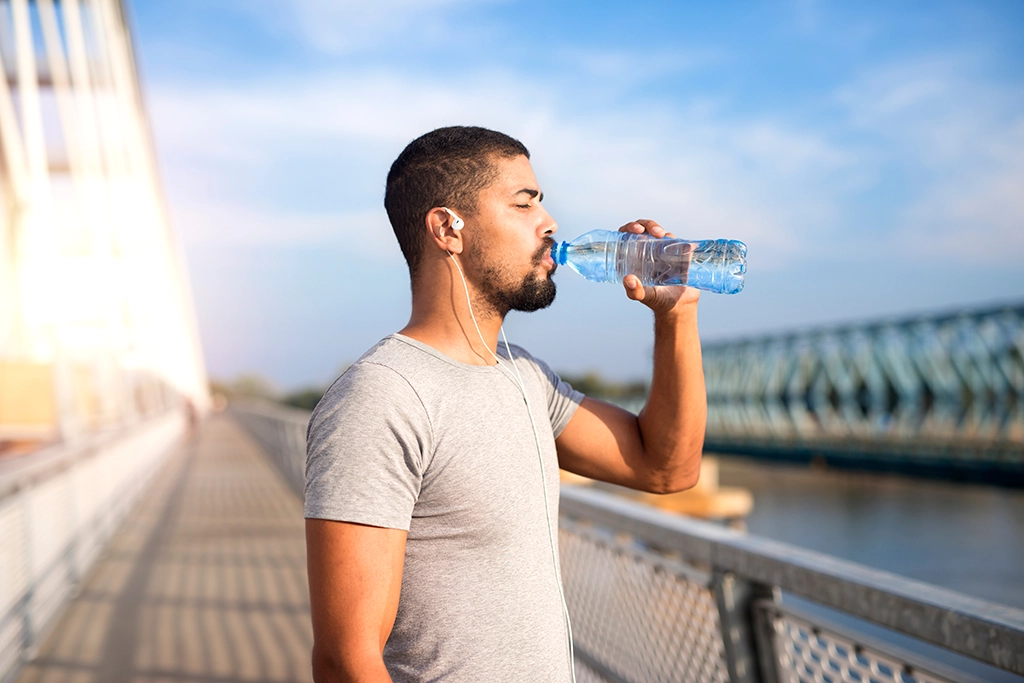
Hydration:
Drinking enough water is one of the basic tenets of high performance. A good rule of thumb is half your body weight in ounces of water each day (ex. 150 lbs = 75 oz water). On heavy exercise days, that number can go as high as the equivalent of your bodyweight in ounces of water.
However, too much water dilutes your blood and electrolytes (which are also lost during sweating) and can lead to muscle cramps. If you’re eating a minimally processed diet, you’ll need a good amount of electrolytes (sodium, potassium, and magnesium) to prevent too much water loss and cramps due to the lack of sodium found in highly processed foods. Fortunately, electrolytes are easy to come by. They can be bought as pre-made drinks, dry packets, or, if you’re really into it, can be made at home. One packet of electrolytes can last an entire training session when alternated with water.
What to eat the night before a long bike or running workout:
Carb loading is a bit of a myth. Just as you would train your body to perform, you should also train your digestive system to provide your body with fuel at the right time. Training for too long and too hard will deplete the carbohydrates your body stores in the muscles, and one meal heavy on pasta or bread won’t be able to catch back up in time to perform. Eating a balanced diet that includes carbohydrates in each meal is the best way to “carb load” without the icky side effect of gastrointestinal distress (upset stomach).

What to eat the morning of:
Getting your day off to a good start with a breakfast that contains carbohydrates like breads, fruit, oats, and jellies (if you’d like) is key. Protein and fat are still important to include since they tend to slow digestion slightly and allow for a steadier flow of carbohydrates into the bloodstream, and they keep you feeling fuller for longer. Overnight oats are great to make the night before, so you don’t feel rushed before you head out for your long ride or run.
During the Ride or Run:
Two of VASA’s team members compete in endurance sports, Paige B. (Fitness Product Manager) runs marathons and Alyssa M. (Learning and Development Specialist) competes in triathlons. Since the body needs a steady stream of fuel, eating or drinking during a heavy workout may be needed. Typically, this is only practiced for running longer than 10 miles and rides of more than 35 miles.
These two were asked what their favorite snacks were during long training runs and rides.
Paige loves gels and electrolytes every 45 minutes during a marathon to help with energy and hydration. Alyssa enjoys electrolyte drink mixes paired with gummy bears, which are easy to eat and quickly digest to avoid the dreaded “bonk” during long training days and races.
Post-exercise:
Recovery starts as soon as you stop moving. The sooner you can get food into your system after a 90-minute or longer workout, the faster you will recover. Eating a combination of carbohydrates and protein will replenish carbohydrate stores and repair muscle tissue that was used during the run or ride. Many believe chocolate milk is the best post-workout recovery drink because it contains many important nutrients like carbs, proteins, some fat, and water (if you handle dairy well). Other options include a fruit and protein shake, chicken wrap, or this protein-packed pasta salad.
Whether you’re training for life or preparing for a long race, fueling is essential to improving performance and avoiding injury. Eating a balanced diet that helps with other nutrients like vitamins and minerals and drinking plenty of water prevents cramps and heat injury that could take you out of the race. Not only does food provide you with the energy to go for that long run or long bike ride, but it also helps the body recover afterward so you’re ready for your next training workout.
SUBSCRIBE TO OUR BLOG
Enter your email to start receiving our blog emails!
